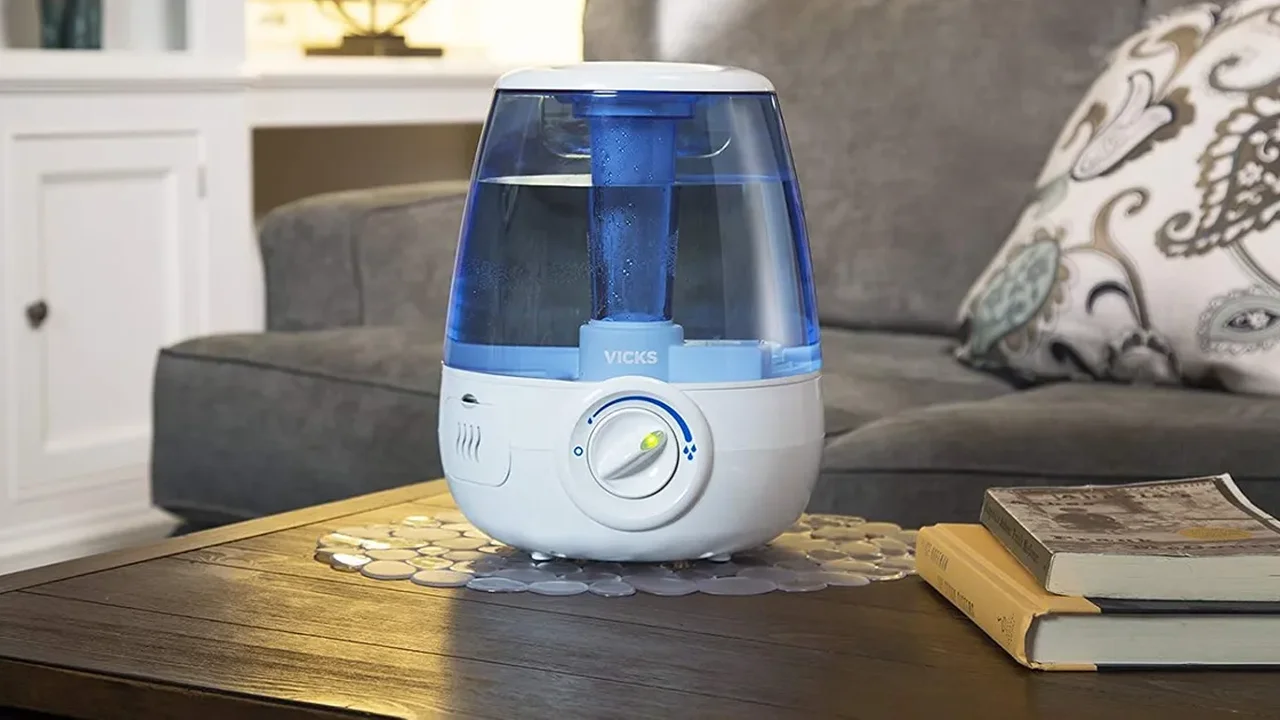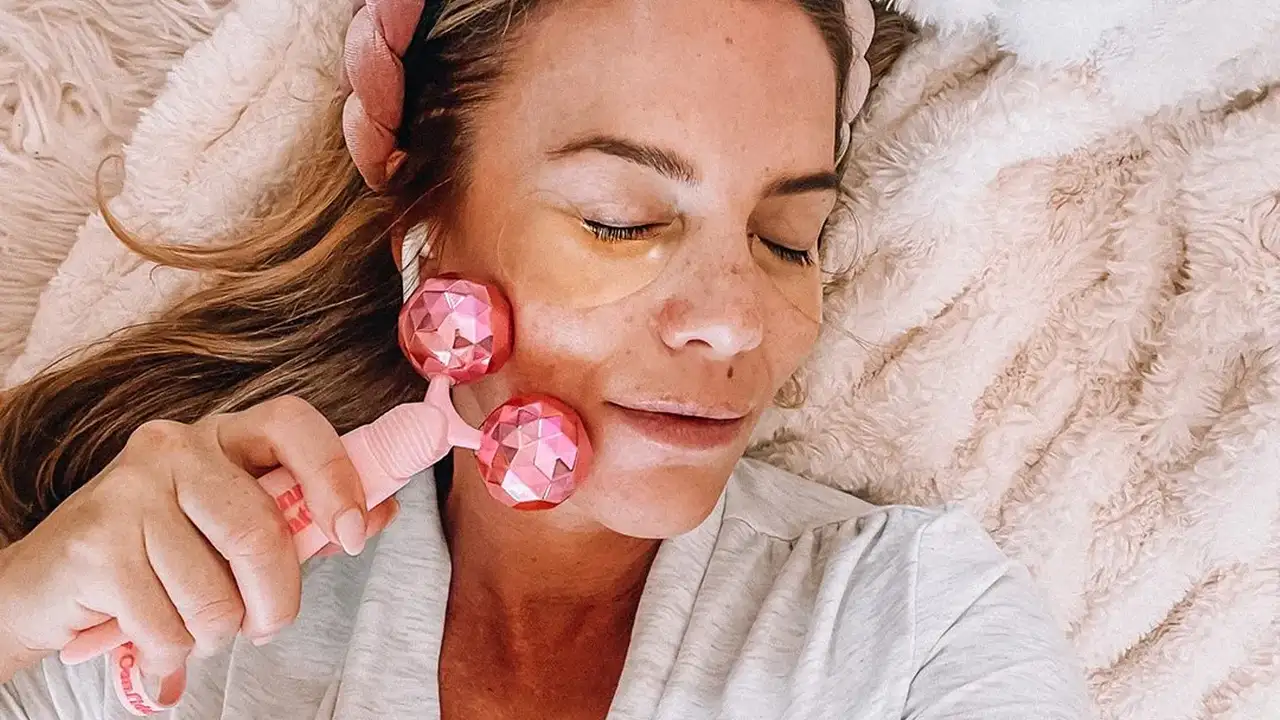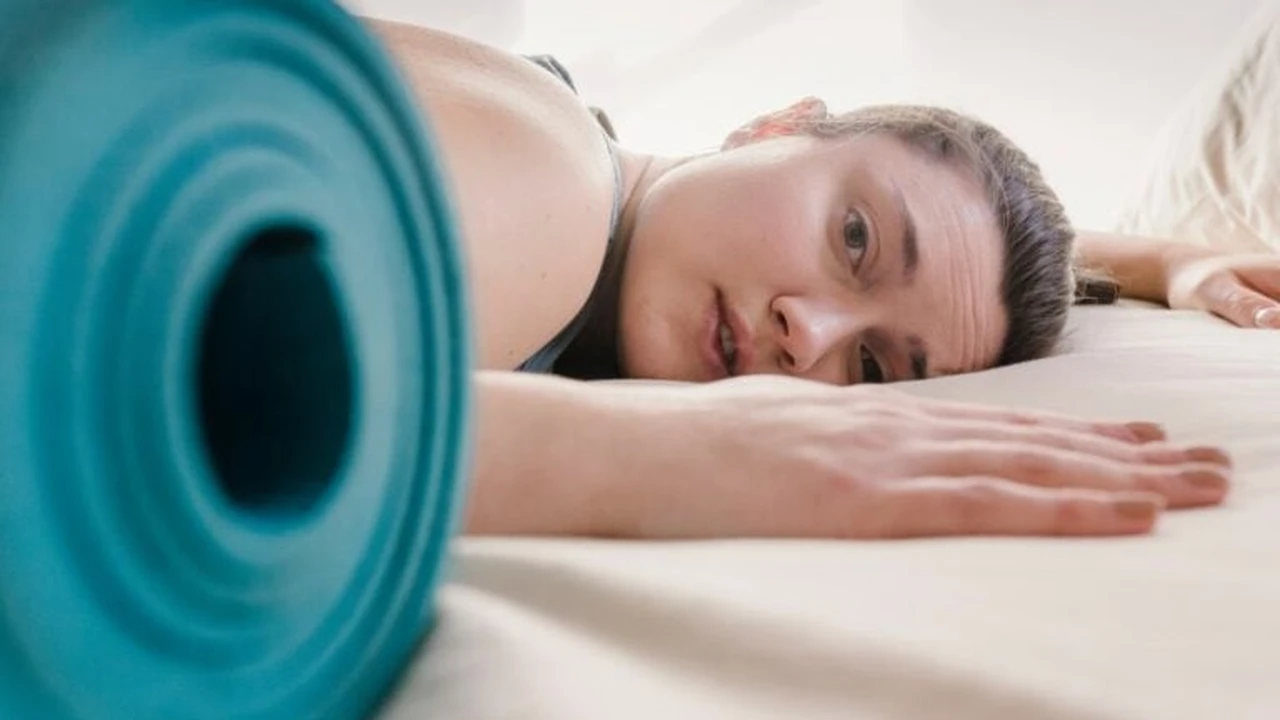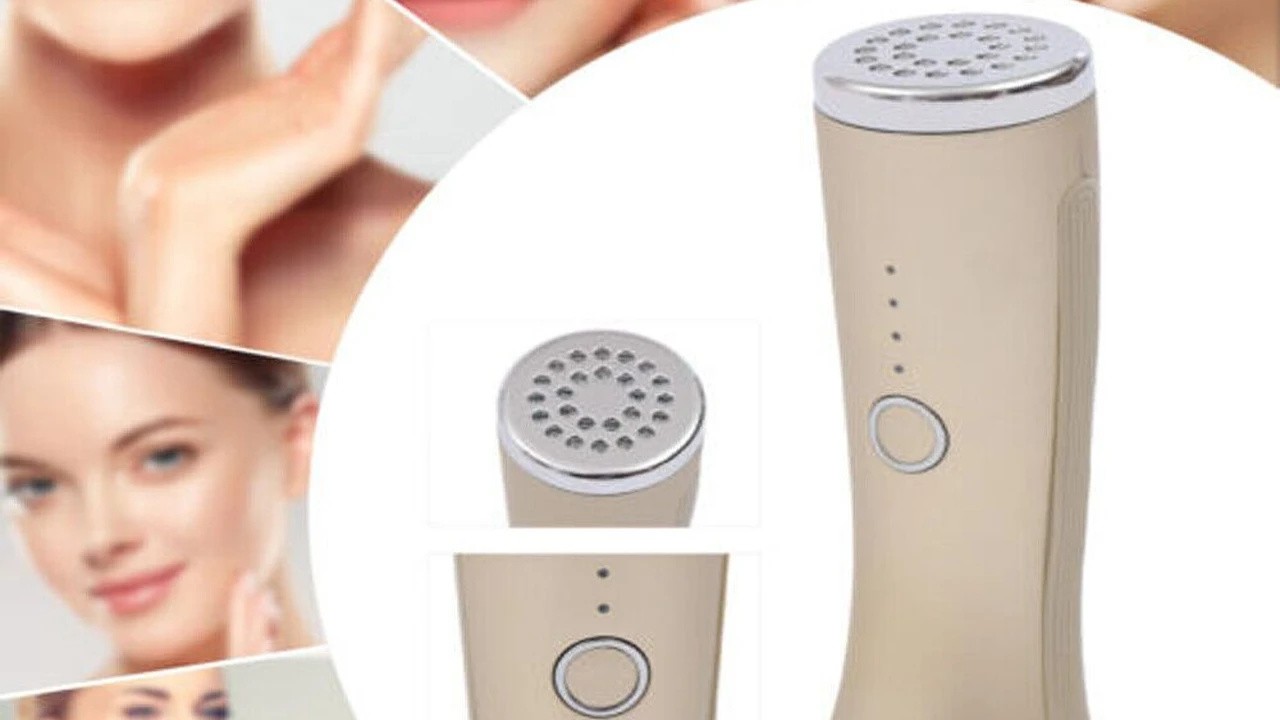Biohacking Your Mood for Seasonal Affective Disorder
Combat Seasonal Affective Disorder (SAD) by biohacking your mood. Discover strategies to boost your spirits during darker months.
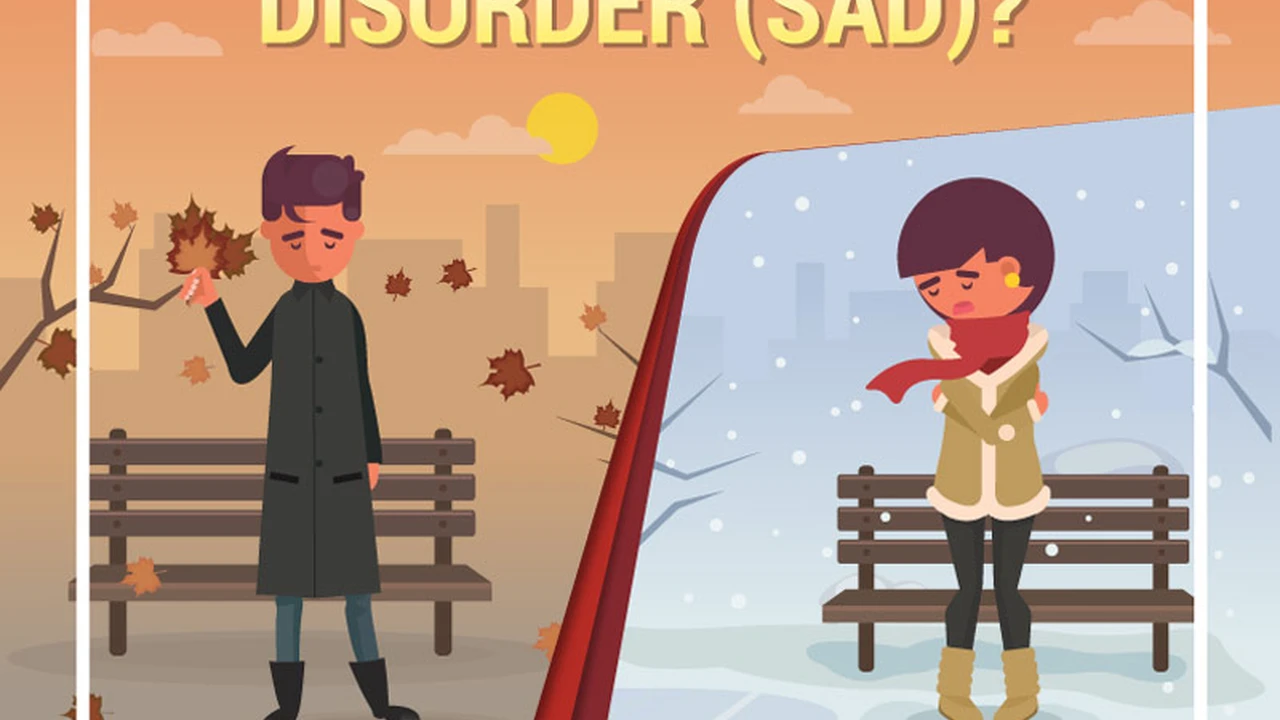
Biohacking Your Mood for Seasonal Affective Disorder
Hey there, ever feel that slump when the days get shorter and the sun seems to vanish? You're not alone. That's often Seasonal Affective Disorder, or SAD for short. It's more than just the 'winter blues'; it's a real, recurring depressive pattern linked to changes in seasons, most commonly autumn and winter. But here's the good news: you can totally biohack your way through it. We're talking about leveraging science and technology to optimize your biology and mood, even when the weather isn't cooperating. Let's dive into some actionable strategies and cool gadgets that can help you reclaim your sunny disposition.
Understanding Seasonal Affective Disorder and Its Triggers
Before we jump into solutions, let's quickly grasp what SAD is all about. It's a type of depression that comes and goes with the seasons. For most people, symptoms start in the fall and continue into the winter, sapping your energy and making you feel moody. Less commonly, SAD can occur in the spring or early summer. The exact cause isn't fully understood, but it's often linked to reduced sunlight exposure. This can disrupt your internal clock (circadian rhythm), lead to a drop in serotonin levels (a brain chemical that affects mood), and mess with melatonin levels (a hormone that plays a role in sleep and mood).
Common symptoms include feeling depressed most of the day, nearly every day, losing interest in activities you once enjoyed, low energy, sleep problems (often oversleeping), carbohydrate cravings, weight gain, and feelings of hopelessness or worthlessness. Recognizing these signs is the first step to taking control.
Light Therapy The Brightest Biohack for SAD
When it comes to biohacking SAD, light therapy, also known as phototherapy, is often the first line of defense. It involves daily exposure to a special light box that mimics natural outdoor light. The idea is to compensate for the lack of natural sunlight, which can help regulate your circadian rhythm and boost serotonin levels.
Choosing the Right Light Therapy Lamp for SAD Relief
Not all light boxes are created equal. You need one specifically designed for SAD treatment. Look for a light box that provides 10,000 lux of illumination and emits as little UV light as possible. Here are a few top contenders:
- Carex Day-Light Classic Plus Bright Light Therapy Lamp: This is a popular choice, often recommended by healthcare professionals. It provides 10,000 lux at a comfortable distance and has a large screen for even light distribution. It's a bit bulky, but very effective. You can usually find it for around $150-$200. It's great for home use, especially if you have a dedicated spot for your morning routine.
- Philips SmartSleep Connected Sleep and Wake-Up Light: While primarily a wake-up light, many models offer a 10,000 lux setting suitable for SAD. It's more versatile, combining light therapy with sunrise simulation and soundscapes. This is a good option if you want a multi-functional device. Prices range from $180-$250. Ideal for your bedside table, helping you wake up naturally and get your light dose simultaneously.
- Northern Light Technologies Boxelite: Another highly-rated medical-grade light box. It's compact and portable, making it easier to move around your home or even take to the office. It delivers 10,000 lux and is known for its durability. Expect to pay around $170-$220. Perfect for those who need a more flexible setup.
- Verilux HappyLight Full-Size UV-Free LED Light Therapy Lamp: This is a more budget-friendly option that still delivers 10,000 lux. It's compact and easy to use, making it a great entry-level device for light therapy. Prices are typically in the $50-$80 range. A good starting point if you're unsure about investing heavily.
Usage Scenario: The best time to use a light box is typically within the first hour of waking up in the morning. Start with 20-30 minutes daily. You don't need to stare directly at the light; just position it so the light enters your eyes indirectly. You can read, eat breakfast, or work on your computer while using it.
Comparing Light Therapy Lamps: What to Consider
When comparing these, think about:
- Lux Output: Always aim for 10,000 lux.
- UV Filtration: Ensure it filters out harmful UV rays.
- Size and Portability: Do you need something stationary or portable?
- Features: Do you want additional features like sunrise simulation or adjustable brightness?
- Price: There's a range, so find one that fits your budget.
Optimizing Your Circadian Rhythm Beyond Light
Light therapy is powerful, but your circadian rhythm is influenced by more than just light. Biohacking your internal clock involves a holistic approach.
Sleep Hygiene and Circadian Alignment for Better Mood
Consistent sleep is crucial. Go to bed and wake up at the same time every day, even on weekends. This helps solidify your circadian rhythm. Avoid screens before bed, keep your bedroom dark, cool, and quiet. Consider blackout curtains and an eye mask.
Melatonin Supplementation and Its Role in SAD Management
Melatonin is a hormone that helps regulate sleep. In SAD, melatonin production can be out of whack. Some people find low-dose melatonin supplementation (0.5mg to 3mg) taken about an hour before bed helpful for regulating sleep patterns, which in turn can positively impact mood. Always consult a doctor before starting any new supplement.
Nutritional Biohacks for Mood and Energy
What you eat profoundly impacts your brain chemistry and mood. Fueling your body with the right nutrients can be a powerful biohack against SAD.
Vitamin D Supplementation The Sunshine Vitamin for SAD
During darker months, many people become deficient in Vitamin D, often called the 'sunshine vitamin.' Low Vitamin D levels have been linked to depression. Supplementation is often recommended. A common dosage is 2000-5000 IU daily, but it's best to get your levels tested and consult a doctor for personalized recommendations.
Omega-3 Fatty Acids and Brain Health for Mood Support
Omega-3s, found in fatty fish like salmon, flaxseeds, and walnuts, are essential for brain function and have anti-inflammatory properties. They can help regulate neurotransmitters and reduce depressive symptoms. Look for a high-quality fish oil supplement with at least 1000mg of EPA and DHA combined. Brands like Nordic Naturals or Thorne are often recommended, typically costing $30-$60 for a month's supply.
Probiotics and Gut-Brain Axis for Mental Well-being
Your gut is often called your 'second brain.' A healthy gut microbiome can influence mood through the gut-brain axis. Incorporating fermented foods (yogurt, kimchi, sauerkraut) and a good probiotic supplement can support gut health. Look for probiotics with diverse strains and high CFUs (colony-forming units), like Garden of Life or Culturelle, usually $20-$40 per month.
Movement and Exercise Biohacks for Boosting Spirits
Physical activity is a natural mood booster, releasing endorphins and reducing stress hormones. It's a non-negotiable biohack for SAD.
Outdoor Exercise and Natural Light Exposure for SAD Relief
Even on cloudy days, outdoor light is significantly brighter than indoor light. Try to get outside for at least 30 minutes a day, especially in the morning or early afternoon. A brisk walk, a jog, or even just sitting on a park bench can make a difference. This combines the benefits of exercise with natural light exposure.
High Intensity Interval Training HIIT and Mood Regulation
HIIT workouts, which involve short bursts of intense exercise followed by brief recovery periods, are incredibly efficient. They can significantly boost mood and energy levels. Even 15-20 minutes a few times a week can be impactful. There are tons of free HIIT workouts available online if you're looking for inspiration.
Mindset and Stress Management Biohacks
SAD isn't just about biology; your mental approach plays a huge role. Biohacking your mindset can be just as powerful as physical interventions.
Mindfulness Meditation and Stress Reduction for SAD
Practicing mindfulness can help you observe your thoughts and feelings without judgment, reducing their power over you. Apps like Calm or Headspace offer guided meditations that can be incredibly helpful. Even 10 minutes a day can make a difference. Subscriptions typically range from $10-$15 per month or $70-$100 annually.
Cognitive Behavioral Therapy CBT Techniques for Negative Thought Patterns
CBT is a type of therapy that helps you identify and change negative thinking patterns. While seeing a therapist is ideal, there are many self-help books and online resources that teach CBT techniques. Learning to challenge unhelpful thoughts can significantly improve your mood during challenging seasons.
Technology and Wearables for Mood Tracking and Optimization
Modern tech can give you insights into your body's responses and help you stay on track with your biohacking efforts.
Wearable Devices for Sleep and Activity Monitoring
Devices like the Oura Ring or Whoop Strap track your sleep quality, heart rate variability (HRV), and activity levels. HRV is a great indicator of your body's stress response and recovery. By understanding these metrics, you can adjust your routines to optimize your well-being. Oura Ring costs around $300-$400 plus a monthly subscription, while Whoop is subscription-based, typically $30 per month.
Mood Tracking Apps for Pattern Recognition and Intervention
Apps like Moodnotes or Daylio allow you to log your mood, activities, and triggers. Over time, you can identify patterns and understand what helps or hinders your mood. This self-awareness is a powerful biohack, enabling you to make proactive choices. Most of these apps are free or have a small one-time purchase fee.
Social Connection and Community Biohacks
Humans are social creatures. Isolation can worsen SAD symptoms. Prioritizing social connection is a vital biohack.
Building a Support System for Seasonal Wellness
Reach out to friends and family. Schedule regular video calls or meet-ups. Even if you don't feel like it, making the effort can significantly boost your spirits. Consider joining a club or group with shared interests to foster new connections.
Volunteering and Giving Back for Enhanced Well-being
Helping others can shift your focus outward and provide a sense of purpose and accomplishment, which are powerful antidotes to depressive feelings. Find a cause you care about and dedicate some time to it.
Environmental Biohacks for Your Living Space
Your immediate environment plays a huge role in your mood. Make your home a sanctuary that supports your well-being.
Optimizing Indoor Lighting for Mood and Energy
Beyond your light therapy lamp, maximize natural light in your home. Open curtains, trim bushes outside windows. Use full-spectrum light bulbs in your lamps, which mimic natural daylight more closely than standard bulbs. Smart lighting systems like Philips Hue (bulbs around $15-$50 each) allow you to adjust color temperature and brightness, mimicking natural light cycles throughout the day.
Bringing Nature Indoors with Plants and Greenery
Studies show that being around plants can reduce stress and improve mood. Fill your home with houseplants. They not only purify the air but also add a touch of nature that can be incredibly uplifting, especially when outdoor greenery is scarce.
When to Seek Professional Help for SAD
While biohacking strategies can be incredibly effective, it's important to know when to seek professional help. If your symptoms are severe, significantly impacting your daily life, or if you're experiencing thoughts of self-harm, please reach out to a doctor or mental health professional immediately. They can provide a diagnosis, recommend appropriate treatments like medication or psychotherapy, and guide you on integrating biohacking strategies safely.
Remember, SAD is a treatable condition, and you don't have to suffer in silence. By combining these biohacking strategies with professional guidance when needed, you can navigate the darker months with more energy, better mood, and a renewed sense of well-being. Stay proactive, stay curious, and keep biohacking your way to a brighter you!
:max_bytes(150000):strip_icc()/277019-baked-pork-chops-with-cream-of-mushroom-soup-DDMFS-beauty-4x3-BG-7505-5762b731cf30447d9cbbbbbf387beafa.jpg)



